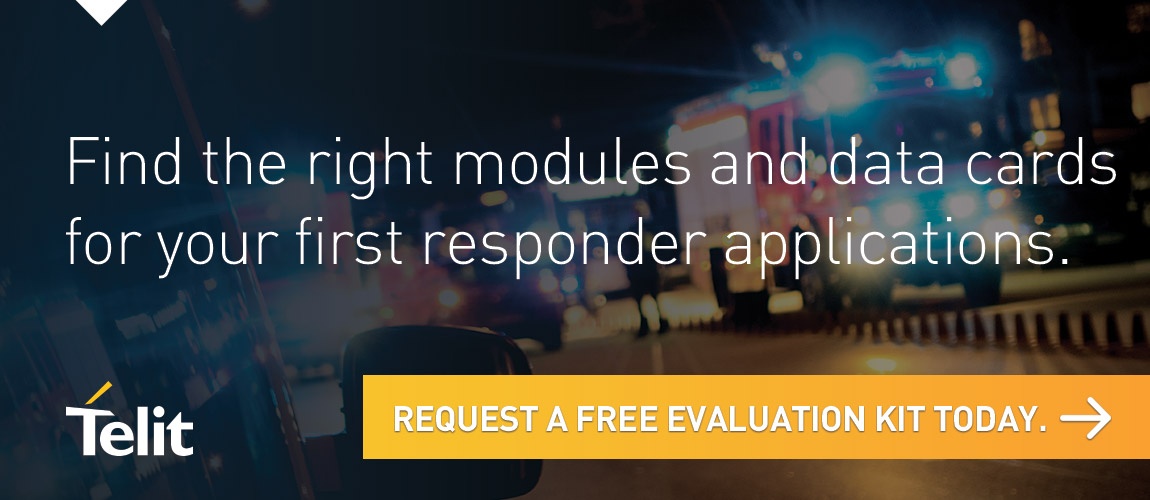How Cellular Connected Drones Can Improve Emergency Response
By Ken Bednasz
March 27, 2019
Drones comprise a huge faction of the Internet of Things (IoT) ecosystem, fast becoming key tools for first responders.

A recent report by the Center for the Study of the Drone at Bard College revealed that at least 910 public safety agencies across the U.S. are now using drone technology.
“We estimate that the number of public safety agencies with drones has increased by approximately 82 percent in the last year alone,” the report states.
Public safety agencies of all kinds are acquiring the devices, including fire departments, law enforcement, and emergency medical services. Drones offer a multitude of potential uses for first responders — for example, they can be used to map an area to reconstruct an accident scene or to predict the results of a natural disaster. In 2017, firefighters used drones to monitor forest fires in southern California.
Unmanned drones, particularly non-line-of-sight flight capable UAVs, connected via cellular networks can be deployed in dangerous or hard-to-reach areas, reducing physical risk for public safety personnel.
Before 2016, drone operators needed to acquire a pilot’s license, but a new law introduced by the Federal Aviation Administration (FAA) relaxed that requirement. Now, potential users must pass a written aeronautical knowledge test.
As a result of the change, the FAA expects the number of commercial drones in the air to expand from 42,000 in 2016 to about 442,000 by 2021.
The market is expanding rapidly because it’s getting simpler and less expensive to operate a fleet of drones. A BI Intelligence report states it will reach $12 billion in 2021.
Most early drones were controlled via hand-held radio transmitters. Flights were restricted to the radius of radio signal reception, usually only a few miles. An interrupted signal or a flight too far from the controller could cause an operator to lose control of the aircraft.
Today, many drone manufacturers are placing cellular modules in their devices.
Drones with 4G connectivity can travel much greater distances and send photos, video and other data back to the controller in real time.
Cellular connectivity is key for drones in the public safety market. In mission-critical situations, first responders need dependable and constantly connected devices.
Drones operating safely beyond the line of sight will simplify emergency search and rescue missions. In addition, drones can provide temporary cellular coverage in sparsely populated areas or following a major disaster.
Before you adapt or design a drone for the public safety market, identify a cellular communications partner and tap into their expertise.
Cellular capabilities are central to the design process and require special considerations, such as antenna architecture.
Remember that governments and network operators require drones to communicate on a limited subset of frequency bands so look for a module provider with compatible products and viable experience in the drone market.
All products intended for use on a first responder network must go through the network operator’s device approval program, which includes stringent testing of wireless connectivity and other features.
To simplify the design process and get your product to market faster, partner with a provider that offers precertified cellular module options.
Ready to brainstorm your drone design with the experts at Telit?
We consult with customers throughout the design process and provide support from ideation to certification.
